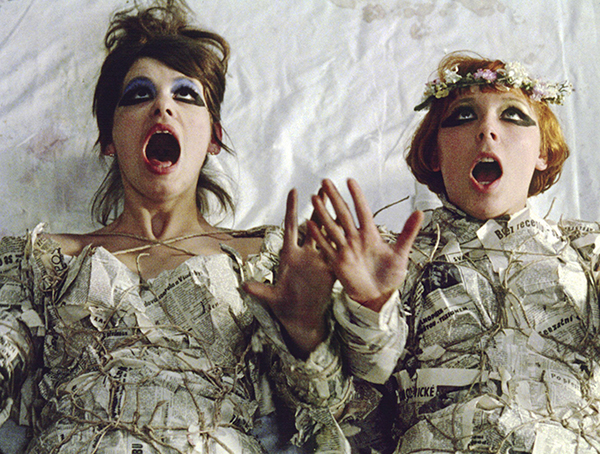One can come across the term ‘performativity’ in many fields of study ranging from anthropology to economy and linguistics, but I heard it for the first time in my course on Central European cinemas. We were discussing national cinemas and how might they reflect their source cultures, and in this context the term means something along these lines: to emphasize, through one’s own action, typical stereotypes and traits associated with one’s national culture.
Something clicked in my head. I remembered the times I had felt a bit uneasy witnessing Finnish people, especially when they’re abroad, engaging in a performance of ‘being Finns’. Or the many times I had done it myself. How lovely that other nations share this hobby as well! (The cinematic culture we deemed extra-performative was, by the way, Slovakia.)


Performativity can be a nice, humorous way of dealing, through self-ridicule, with partly accurate stereotypes, especially the not so flattering ones. If you cannot deny it, embrace it. So when my Balkan friend teased me for my perceived ‘Finnish negativity’ I decided to play along, perform, and proudly linked him this article about toxic positivity. Damn right we’re negative: positivity kills!
Learning this term helped me also, for example, to contextualize the innumerable Finnish films sharing one or (usually) more of these national traits: nudity, being drunk, fighting, and fighting naked while being drunk. “If this is what they think of us, here comes” seems to be the motivation of authors producing this kind of content.
A case study of the performative traits of Finnish cinema:
Having this new perspective in my arsenal hasn’t made me necessarily love the beforementioned traits or their portrayal in Finnish culture. But seeing that this play with negative stereotypes is an international phenomenom makes it maybe less red-neckey and more.. symphatetic. We’re not alone!
Kippis sille!

Comments